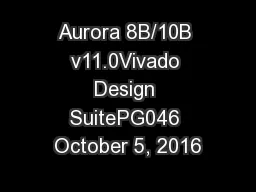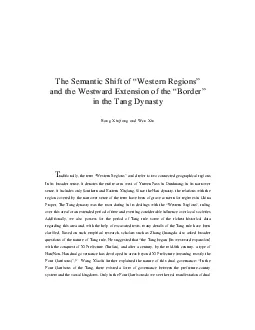PDF-Aurora 8B/10B v11.0Vivado Design SuitePG046 October 5, 2016
Author : danika-pritchard | Published Date : 2016-10-10
Aurora 8B10B v110 wwwxilinxcom PG046 October 5 2016 Table of ContentsChapter1OverviewApplications
Presentation Embed Code
Download Presentation
Download Presentation The PPT/PDF document "Aurora 8B/10B v11.0Vivado Design SuitePG..." is the property of its rightful owner. Permission is granted to download and print the materials on this website for personal, non-commercial use only, and to display it on your personal computer provided you do not modify the materials and that you retain all copyright notices contained in the materials. By downloading content from our website, you accept the terms of this agreement.
Aurora 8B/10B v11.0Vivado Design SuitePG046 October 5, 2016: Transcript
Download Rules Of Document
"Aurora 8B/10B v11.0Vivado Design SuitePG046 October 5, 2016"The content belongs to its owner. You may download and print it for personal use, without modification, and keep all copyright notices. By downloading, you agree to these terms.
Related Documents














